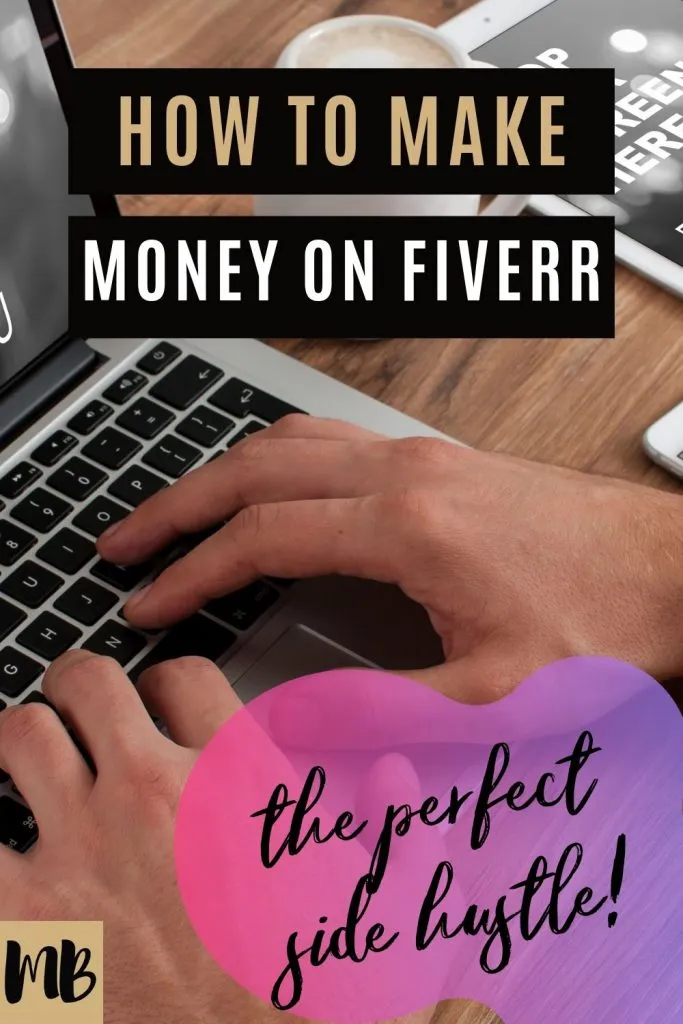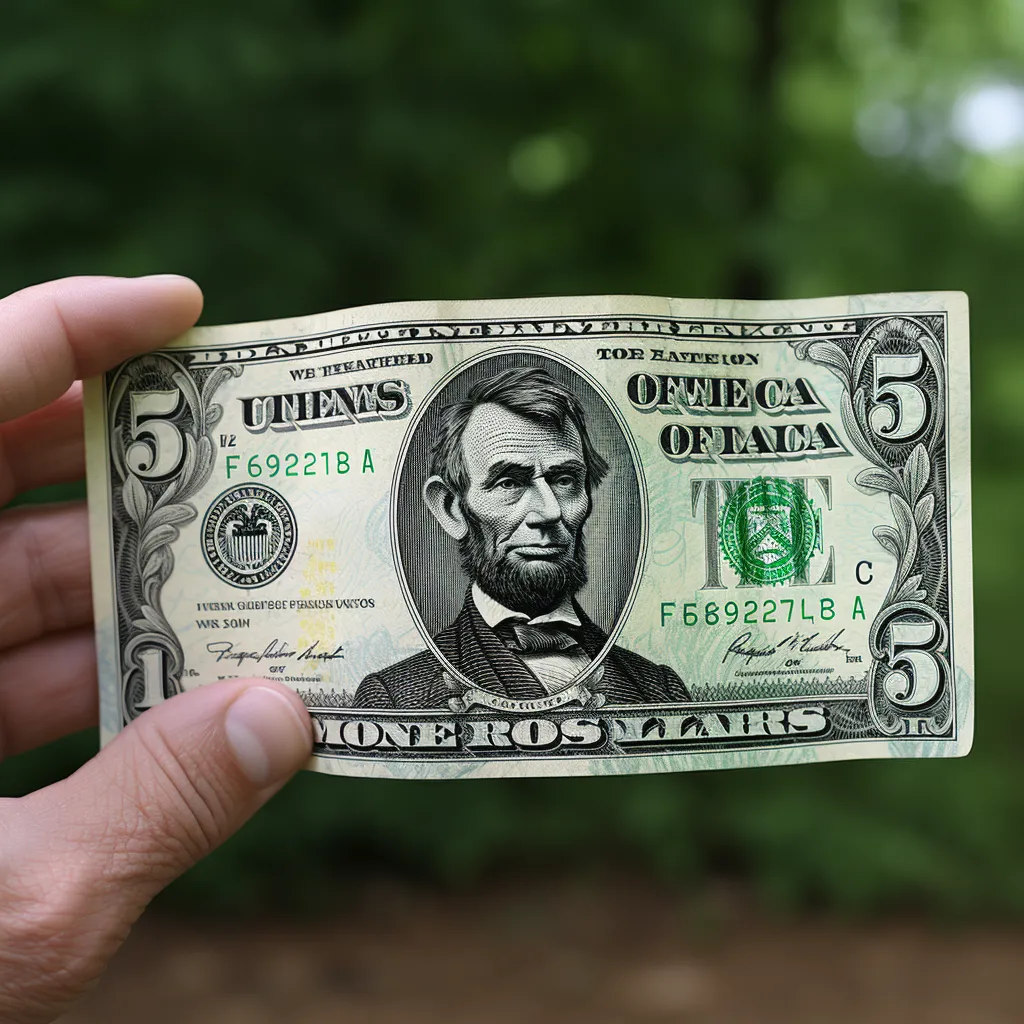Have you ever wondered what happens to your hard-earned money when you hire a freelancer on Fiverr? It’s a fair question! Fiverr has revolutionized the gig economy, allowing little businesses and freelancers to showcase their skills, but understanding the flow of money within the platform is quite fascinating. From service fees to seller earnings, get ready to break it down as we explore the inner workings of Fiverr’s financial ecosystem!
2. Understanding Fiverr's Business Model

To truly grasp where Fiverr money goes, it's essential to understand its unique business model. Simply put, Fiverr operates a marketplace connecting buyers (those seeking services) and sellers (freelancers offering services). This model is supported by several key components:
- Service Listings: Freelancers create gigs, showcasing their offerings, prices, and delivery timelines. This abundance of options is what attracts buyers to the platform.
- Commission Structure: Fiverr takes a percentage of each transaction. Typically, this is around 20% of the total sale price, although it can vary depending on promotional offers. This is how Fiverr generates its revenue.
- Buyer and Seller Fees: There are also small fees for buyers, usually around $2 for purchases under $40. Sellers may incur charges when withdrawing funds, depending on the method they choose.
In addition to these basics, Fiverr also offers premium services like featured listings and promotional tools for freelancers, which can generate additional revenue streams for the platform.
The ultimate goal of Fiverr’s business model is to foster a user-friendly environment that promotes transactions while ensuring both buyers and sellers receive value. Understanding this model gives insight into how your payments dynamically contribute to the thriving ecosystem of freelancers across the globe!
Also Read This: Do Fiverr Work on Weekends?
3. Breakdown of Fiverr's Revenue Sources

Fiverr has rapidly become a go-to platform for freelancers and businesses alike, generating impressive revenue streams. Understanding where this money comes from can shed light on the platform's sustainability and growth. Let's dive into the primary revenue sources of Fiverr:
- Transaction Fees: The bulk of Fiverr's revenue stems from transaction fees. When a freelancer completes a job, Fiverr takes a cut from the payment, typically around 20%. This fee is applied to every gig sold on the platform, which means that with millions of transactions happening every year, the numbers add up quickly.
- Service Fees for Buyers: Aside from taking a percentage from freelancers, Fiverr also charges buyers a service fee that ranges from $2 to $15 depending on the order amount. This fee adds to Fiverr’s revenue while providing buyers with a streamlined shopping experience for services.
- Membership Plans: Fiverr offers premium services to freelancers through subscriptions, like Fiverr Pro or Fiverr Business. These plans provide additional features, enhanced visibility, and support, which contribute another layer to Fiverr’s revenue streams.
- Advertisements and Promotions: Fiverr spends on advertisements to attract more users to the platform. In return, they also sell advertising space or promotional opportunities to freelancers looking to enhance their visibility, which creates another avenue of income.
In summary, Fiverr has crafted a multi-faceted revenue model that goes beyond just transaction fees, ensuring continued growth and profitability in the competitive freelancing market.
Also Read This: What is the Point of Fiverr?
4. How Fiverr Distributes Funds to Freelancers

Once a project is completed on Fiverr, you might wonder how the payment system works and how freelancers receive their hard-earned cash. The process is quite straightforward, making it easy for freelancers to manage their earnings. Here’s how Fiverr distributes funds:
- Order Completion: After a freelancer completes a job, the buyer is asked to approve the delivery. Once the buyer marks the order as complete, the money is released to the freelancer.
- Clearance Period: Before freelancers can access their funds, Fiverr imposes a clearance period of 14 days for regular users and 7 days for Fiverr Pro users. This period is essential for ensuring that buyers are satisfied with the work and allows for any potential disputes to be addressed.
- Withdrawal Options: After the clearance period, freelancers can access their funds. Fiverr provides multiple payout options such as:
- PayPal
- Bank Transfer (direct deposit)
- Fiverr Revenue Card (prepaid Mastercard)
In conclusion, Fiverr’s distribution system is designed to ensure that freelancers can get paid efficiently and securely, providing them with multiple options for accessing their funds. This clarity and flexibility help to create a positive experience for users on the platform.
Also Read This: Suggested Rates for Email Marketing Freelance Services
Fiverr's Fees and Commissions Explained

When diving into the world of Fiverr, understanding how their fees and commissions work is crucial for both buyers and sellers. Fiverr operates on a commission-based model, which means that they take a percentage of each transaction. Let’s break it down:
- Service Fee for Buyers: Buyers on Fiverr may notice a service fee added to their purchase. This fee is typically a percentage of the total order amount plus a fixed fee. So, if you're paying $100 for a service, you might end up paying around $105 or so—this helps Fiverr keep everything running smoothly.
- Commission for Sellers: If you're a seller, Fiverr takes a 20% commission on every order you earn. For example, if you complete an order and make $100, Fiverr will keep $20, and you’ll receive $80. This commission is pretty standard in online marketplaces, ensuring Fiverr can invest in platform improvements and marketing.
- Withdrawal Fees: When it's time to cash out your earnings, keep in mind that there may also be withdrawal fees, especially if you’re transferring money to your bank account or using services like PayPal. These fees vary depending on your chosen withdrawal method.
To put it simply, while Fiverr's fees might seem steep, they offer a plethora of benefits including marketing, a global audience, and a user-friendly platform that can save you both time and effort in getting your service in front of potential clients.
Also Read This: What is a Fiverr Revenue Card?
The Role of Customer Support and Operations
Customer support is a backbone of Fiverr's operations, helping both buyers and sellers navigate through the platform's offerings. Here’s why it matters:
- Assisting New Users: Whether you're just starting or you’re a seasoned pro, having a support team to answer questions about account setup, service listings, and payments is a game-changer. Fiverr's customer support is available to guide you through any hiccups.
- Resolving Disputes: Sometimes, misunderstandings can happen. Maybe the buyer didn't get what they expected or the seller was late in delivering their service. Fiverr’s customer support steps in to mediate disputes, ensuring both parties feel heard and can reach a resolution.
- Improving User Experience: The operations team works behind the scenes to analyze user feedback and make improvements to the platform. They constantly look for ways to make transactions smoother, enhance site features, and create an overall better experience.
In many ways, Fiverr's customer support and operations team is like a vital cog in a wheel, ensuring that everything runs seamlessly. Their dedication to providing excellent support helps build trust within the community and encourages more users to engage with the platform.
Also Read This: Taxation on Freelance Income
7. Investment in Platform Development and Marketing
When you dive into the world of Fiverr, you might wonder where all that money goes beyond just paying freelancers. Well, it's interesting to note that a significant portion gets funneled back into investment for platform development and marketing. This strategic allocation is vital for enhancing the overall user experience and attracting a diverse range of buyers and sellers. Let’s break this down:
- Platform Development: Fiverr consistently upgrades its technology to ensure seamless transactions. Think about it! Every time you place an order or send a message, you rely on a stable platform. Funds are spent on:
- Improving user interfaces
- Enhancing security measures
- Upgrading server capabilities
- Integrating new features like AI tools for better matching of buyers and freelancers
- Marketing Initiatives: To keep the platform buzzing, Fiverr invests in marketing to reach a broader audience. This includes:
- Social media advertising
- Content marketing strategies
- Partnerships with influencers
- Event sponsorships and participation
In essence, by investing in development and marketing, Fiverr ensures its platform remains a go-to destination for freelance services. This continuous enhancement allows for a richer marketplace where freelancers can thrive, and buyers can find exactly what they need.
Also Read This: What is Fiverr Service Fee?
8. The Impact on Freelancers and Buyers
The financial dynamics of Fiverr have far-reaching effects on both freelancers and buyers. Understanding this impact can shed light on why so many gravitate towards this platform.
- For Freelancers: The revenue generated through Fiverr creates opportunities for countless freelancers:
- It allows them to showcase their skills on a widely recognized platform.
- As they sell more services, they can build their portfolios, leading to higher demand.
- With Fiverr's emphasis on technology, freelancers can access tools that streamline their work, enhance their service delivery, and improve client relations.
- For Buyers: Buyers benefit immensely too. The investment in platform development enhances their experience:
- This means a smoother searching process for services.
- Greater confidence in transactions due to the security measures.
- Access to an extensive range of service providers, ensuring that buyers can find exactly what they are looking for — be it graphic design, content writing, or digital marketing.
Overall, Fiverr's commitment to both freelancers and buyers creates a vibrant ecosystem where everyone has the potential to flourish.
Where Does Fiverr Money Go?
Fiverr is a popular online marketplace for freelancers that connects buyers with service providers across various fields such as writing, graphic design, and programming. When you purchase a service on Fiverr, it's essential to understand how your money is allocated. Here’s a breakdown of where Fiverr money goes:
- Service Fee: Fiverr typically charges a service fee to the seller for using their platform. This fee usually ranges from 5% to 20%, depending on the total order price.
- Fiverr’s Cut: Fiverr takes a commission from the total payment. This commission can vary significantly, ensuring the platform's maintenance and development. This cut allows Fiverr to offer a user-friendly interface and quality assurance for buyers.
- Payment Processing Fees: When making your purchase, a portion of your payment goes to processing fees charged by payment providers like PayPal or credit card companies.
- Promotions and Advertising: Some of your money is allocated to marketing initiatives that help promote the Fiverr platform and its freelancers. This recruitment is crucial for continually attracting new users and maintaining a competitive marketplace.
- Seller Earnings: The remainder goes directly to the seller or freelancer providing the service. This is their earnings after Fiverr’s commission and any applicable fees have been deducted.
Understanding where your Fiverr money goes not only helps you make informed purchasing decisions but also clarifies how the platform sustains its vibrant marketplace.
Conclusion
In summary, Fiverr’s financial model efficiently allocates your payments across service fees, commissions, processing costs, and seller earnings, facilitating a robust freelance ecosystem.



